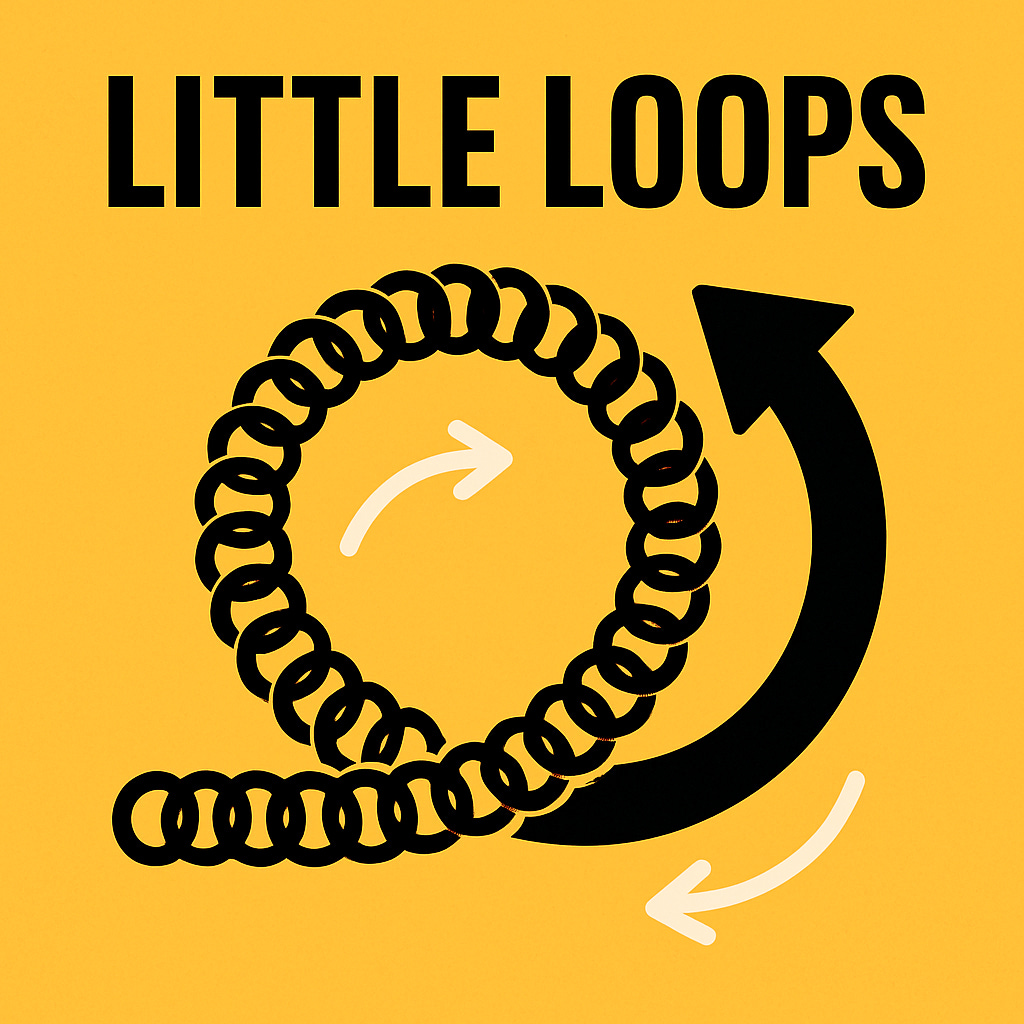👋 Hi, I’m Mat and whether you’re new or already following along — welcome to The Glue, a free newsletter about frameworks, tools, and systems for building product orgs that actually work.
Each issue shares practical ideas to help you align your team, reduce friction, and strengthen what holds your product org together.
I’m also writing a book called Making Product Work — so from time to time, I’ll share early snippets and ask for feedback to make it even better before it’s out.
Subscribe below — or share with someone doing the invisible work that makes things work.
You can roll out the cleanest process, a slick new dashboard, or a beautifully structured ritual… and still watch it fall flat.
Why?
Because most systems don’t fail on launch day, they fail in the weeks after, when no one’s paying attention to how they’re actually landing.
That’s where learning loops come in.
They’re the cycles of feedback and adjustment that product teams use to learn and improve over time…or should be using anyway. It goes like this:
Try something → see how it goes → tweak it → repeat.
Most teams already have some version of learning loops in place. Things like retros, business reviews, or quarterly health surveys. Those are your big loops. They matter, but they move slow. They often rely on lagging signals and can take weeks (or months) to trigger a change.
What actually keeps things working in between those moments?
That’s where little loops come in.
Big loops vs. little loops
Big loops are formal, scheduled feedback moments.
Think: quarterly surveys, monthly business reviews, sprint retros.
They’re useful, but they take time, coordination, and usually show you what’s already gone sideways.
Little loops are different.
They’re fast, informal, and happen in the flow of work.
No meeting. No deck. Just signal → response.
Like:
A Slack ping: “Is that new check-in actually helping?”
A quick draft shared for a gut check
A 5-minute debrief after a bumpy planning session
Little loops are how you catch friction early, test ideas before rollout, and build trust by showing you’re actually listening.
They’re also the reason your systems stick because they help you adjust in real time, not after the fact.
Why Product Ops needs little loops
If Product Ops is responsible for shaping how the product org runs, then little loops are how you keep that system healthy while it’s running.
They help you:
Catch misalignment early before it spreads
Validate improvements so you don’t waste time scaling the wrong thing
Build credibility because teams trust what responds to them
Reinforce change through constant, low-effort feedback
Most failed rollouts don’t lack strategy. They lack feedback.
Little loops fix that.
Try these this week
After a recurring meeting, DM two people:
“What’s one thing we should change next time?”Before finalizing a doc, workflow, or tool, share an early version and ask:
“What’s confusing or unnecessary here?”If you’re hearing the same complaint from different teams, ask someone living it:
“How bad is this really? What would make it easier?”
You don’t need a brand new framework or ritual yet. You just need to start listening, learning, and responding faster.
-Mat 🤓
If you’re finding this newsletter valuable, share it with a colleague, and consider subscribing if you haven’t already.


